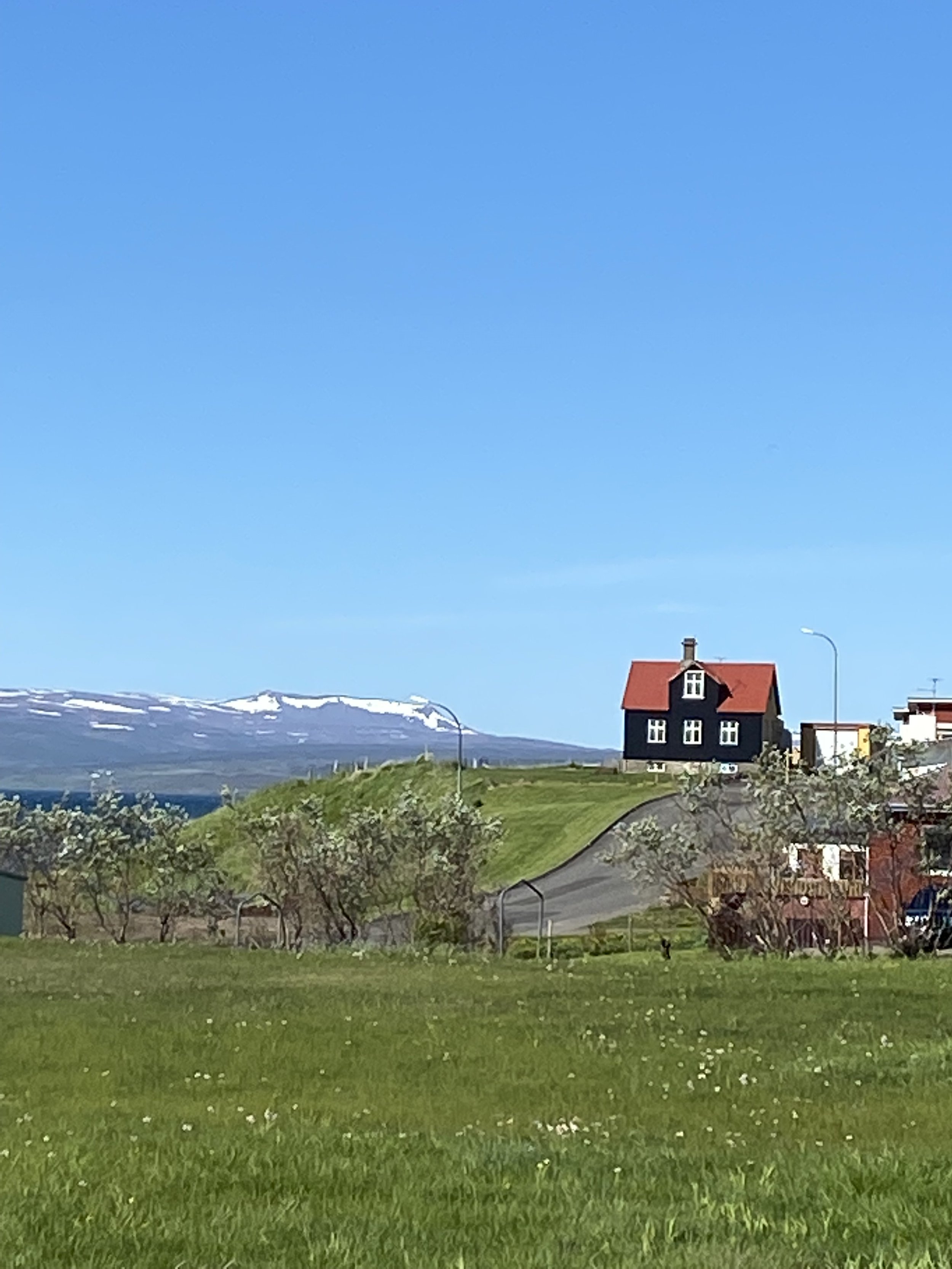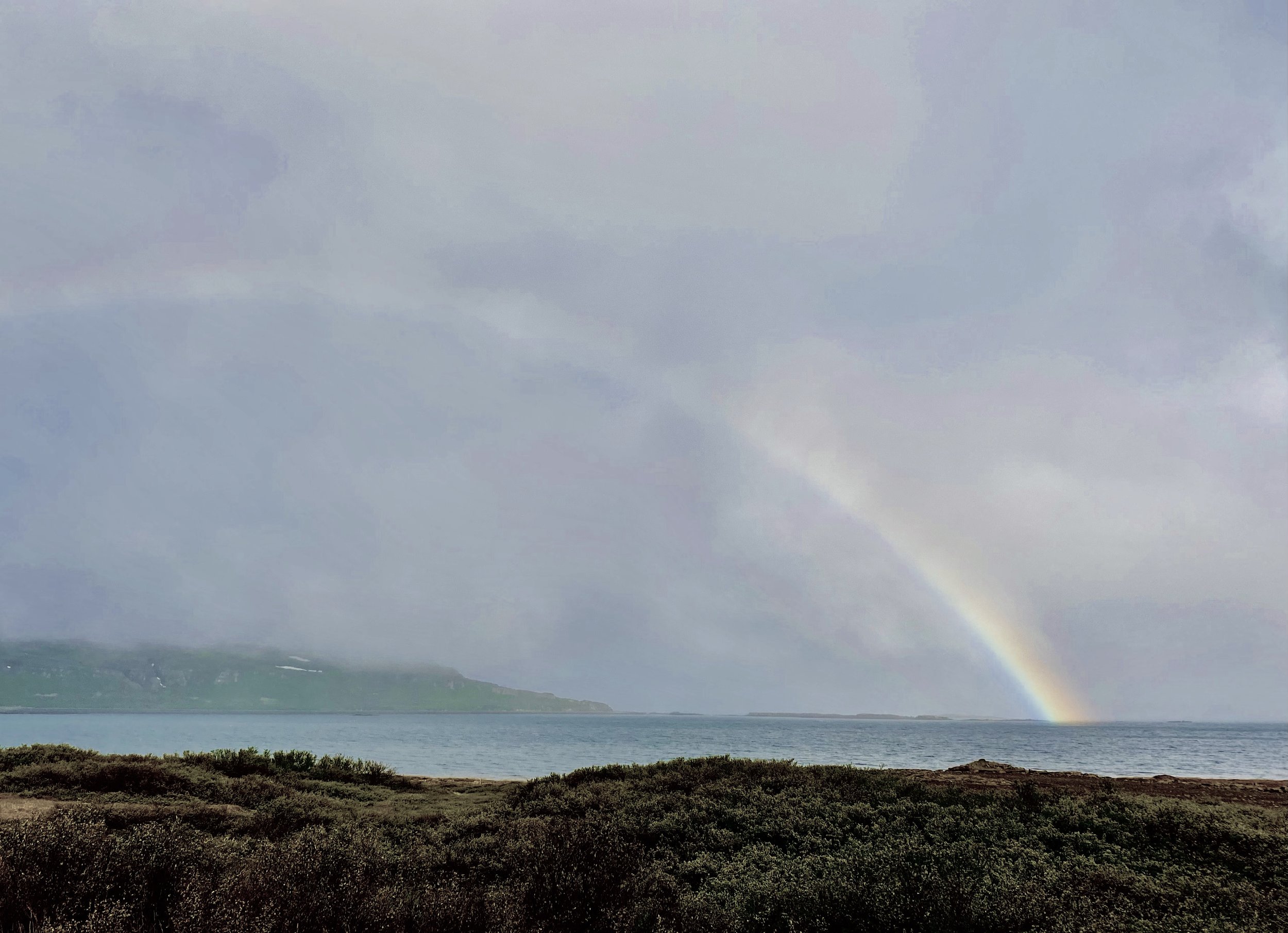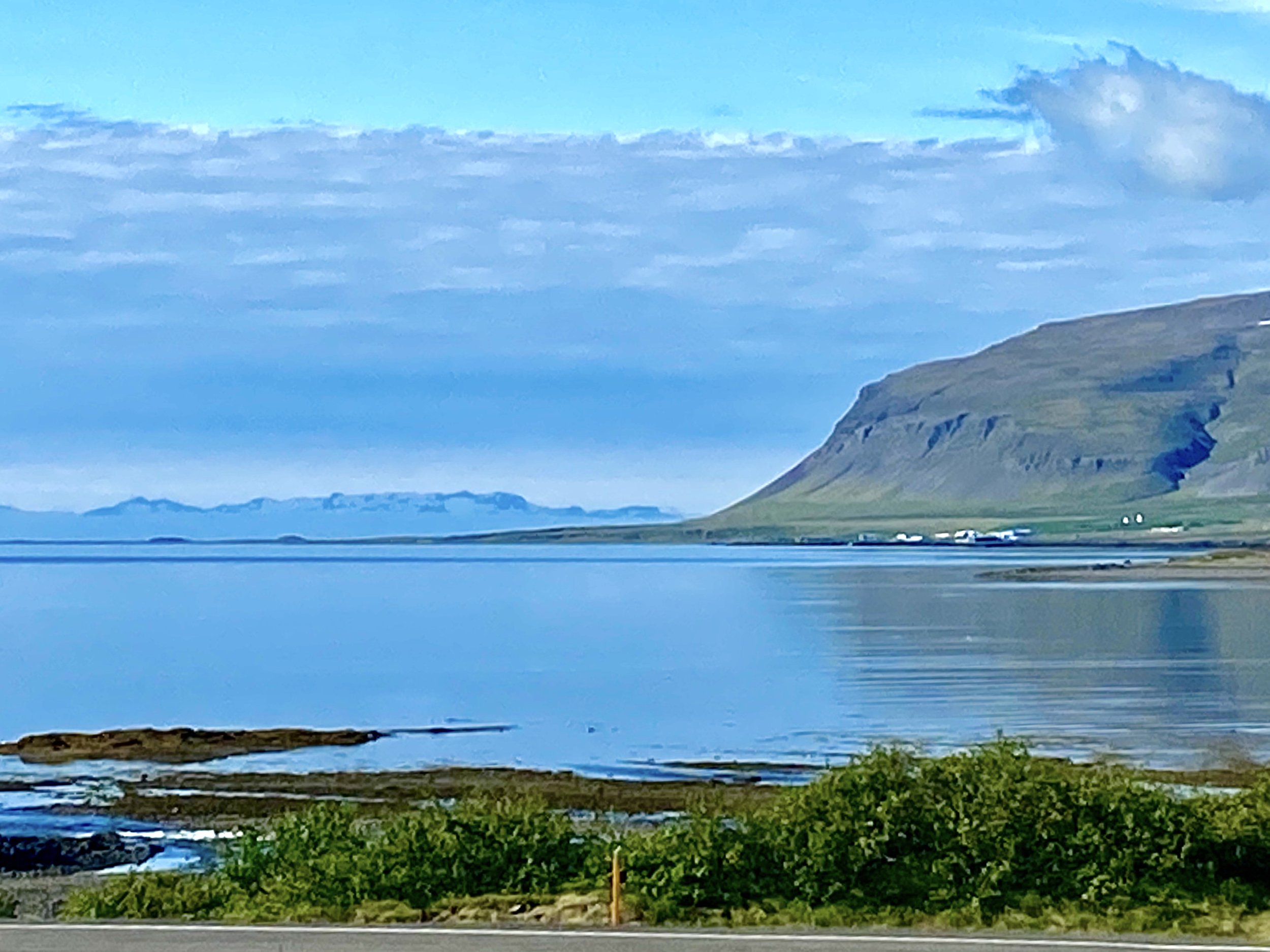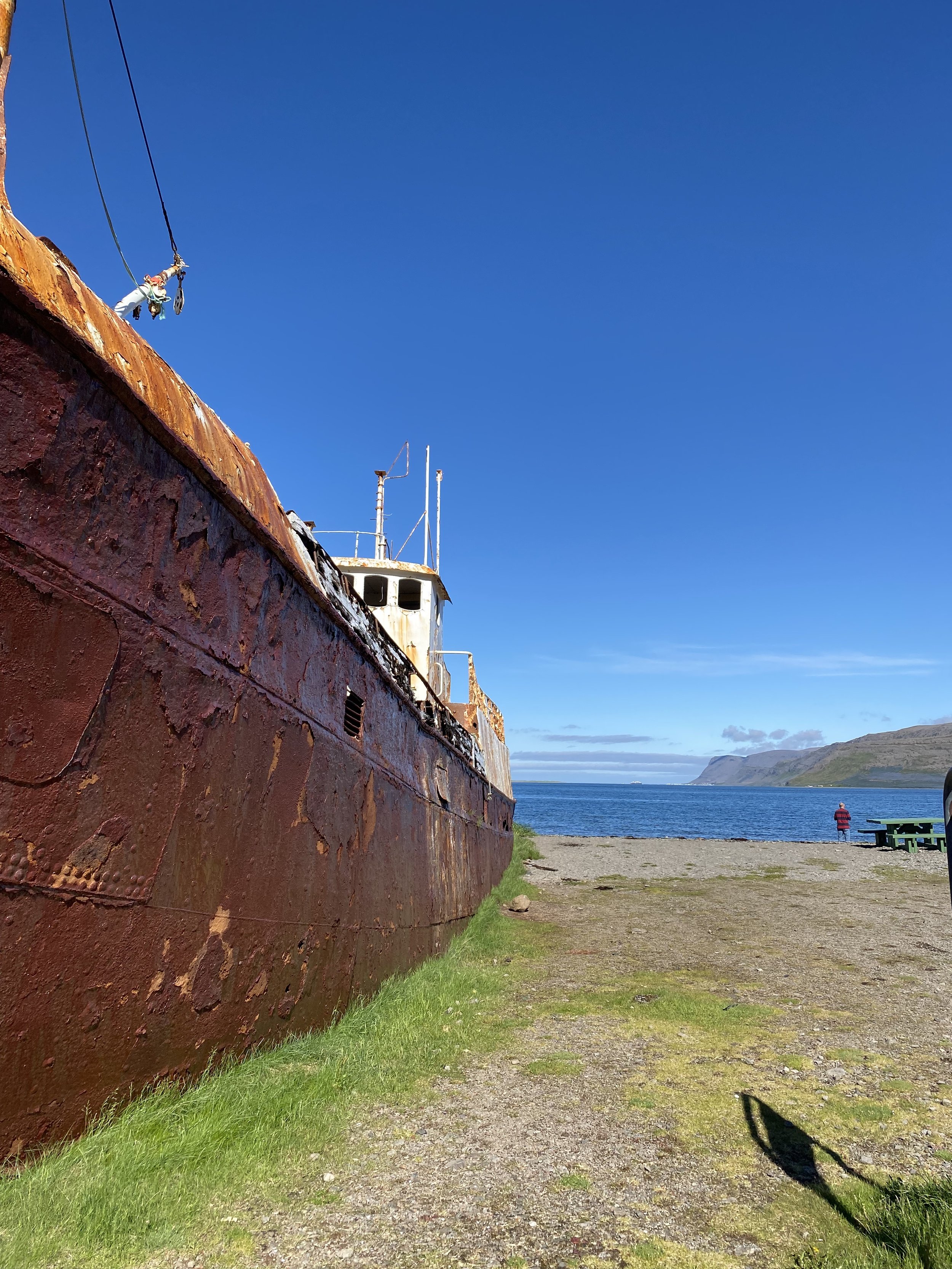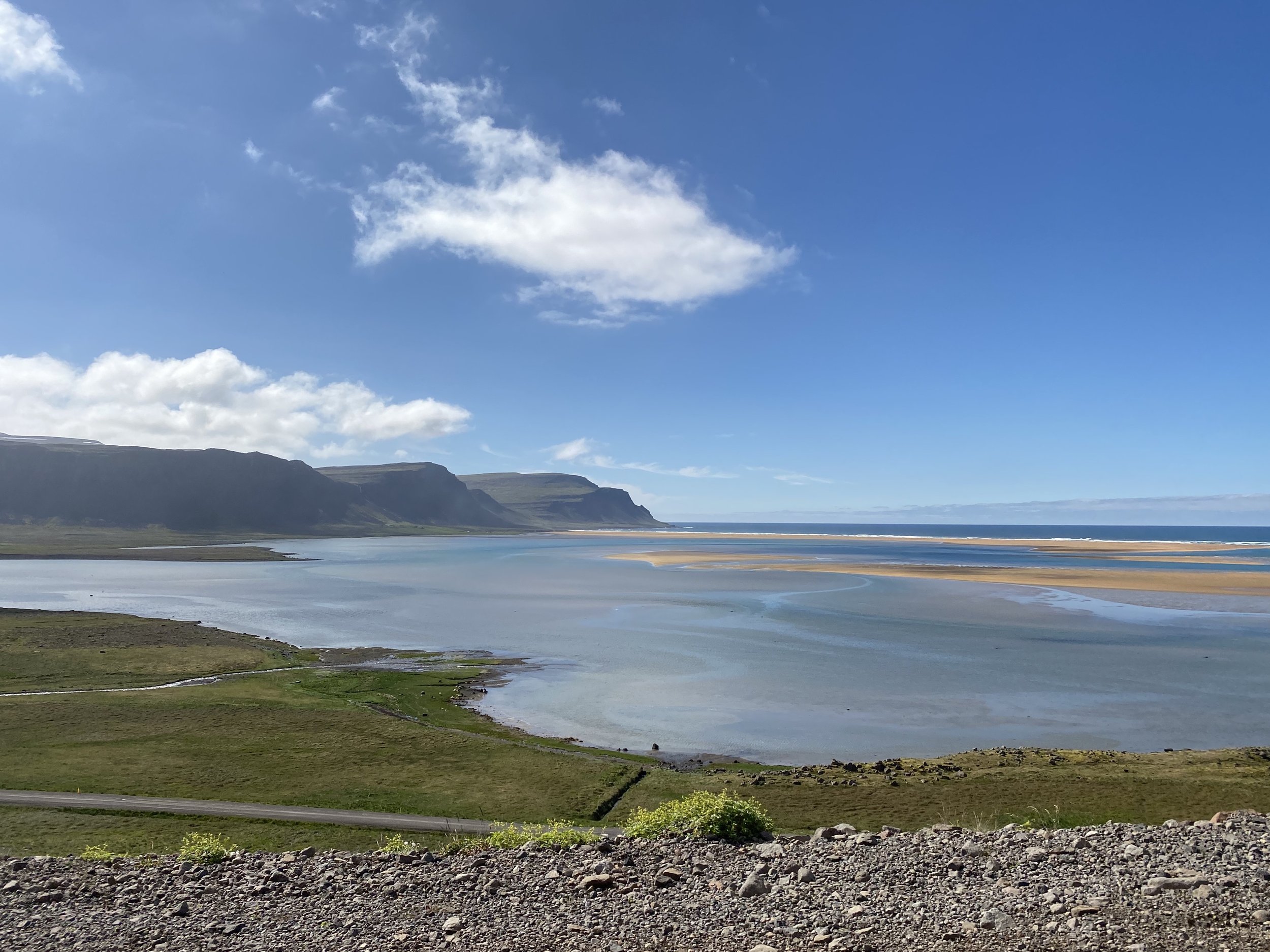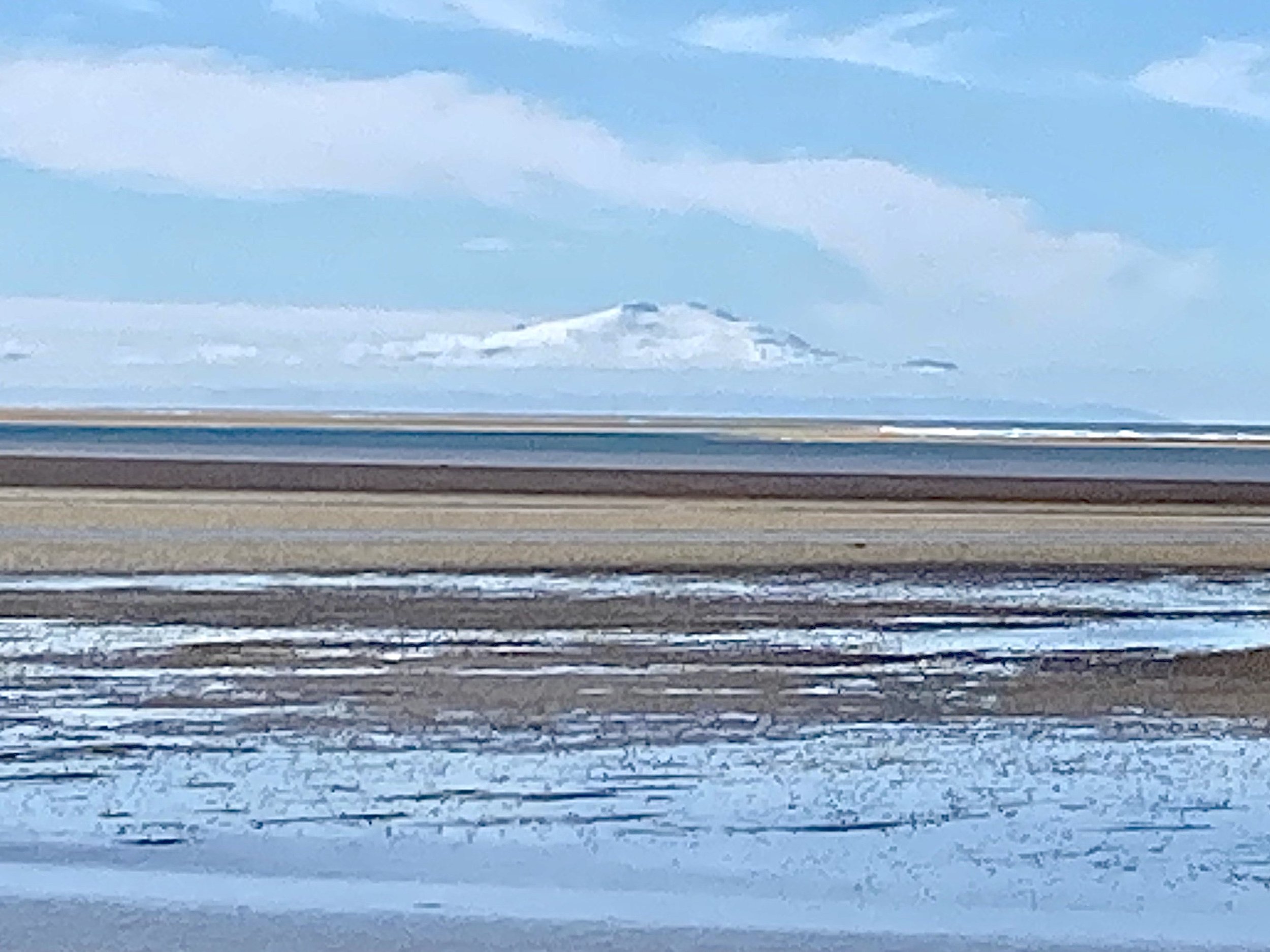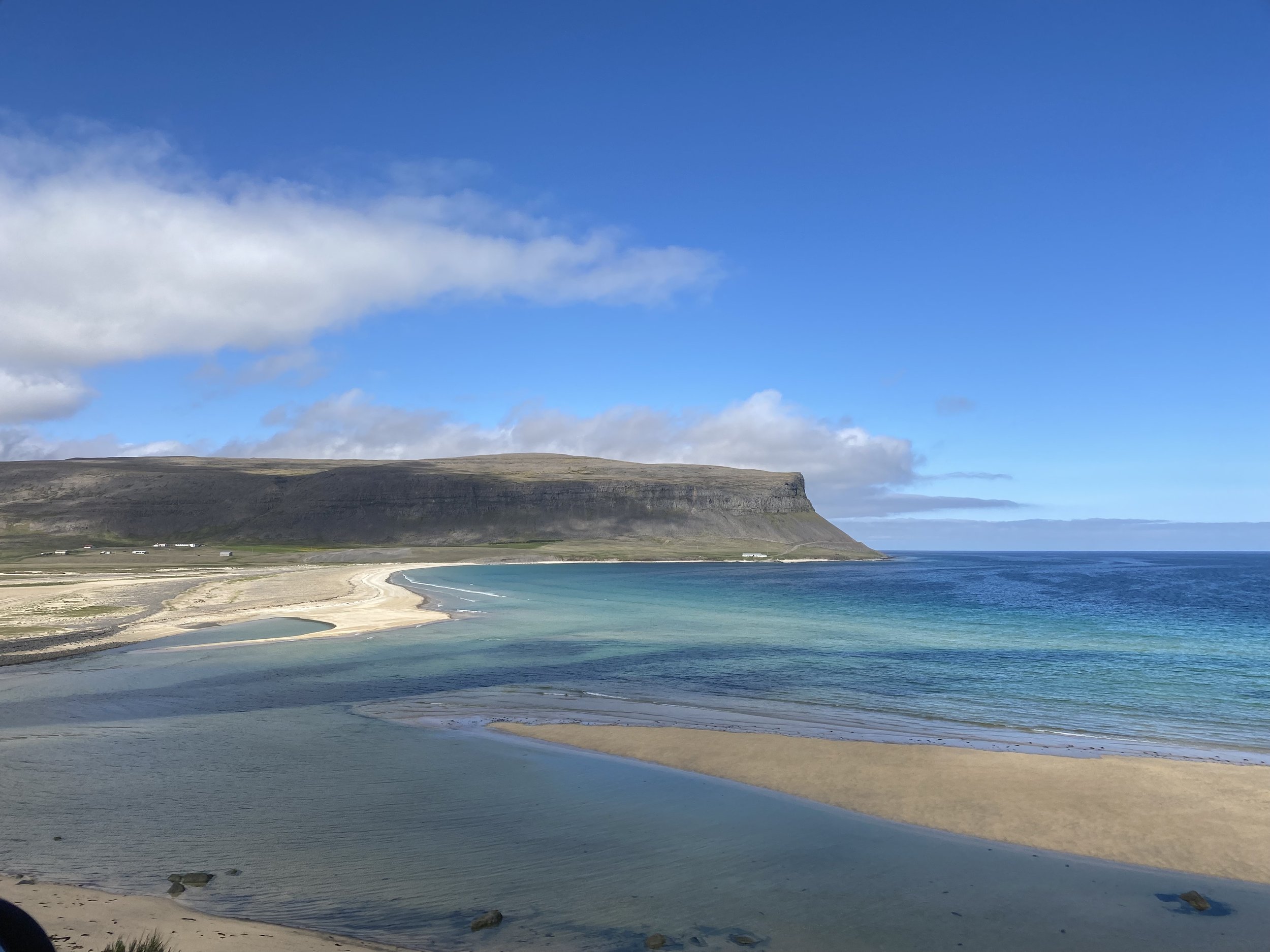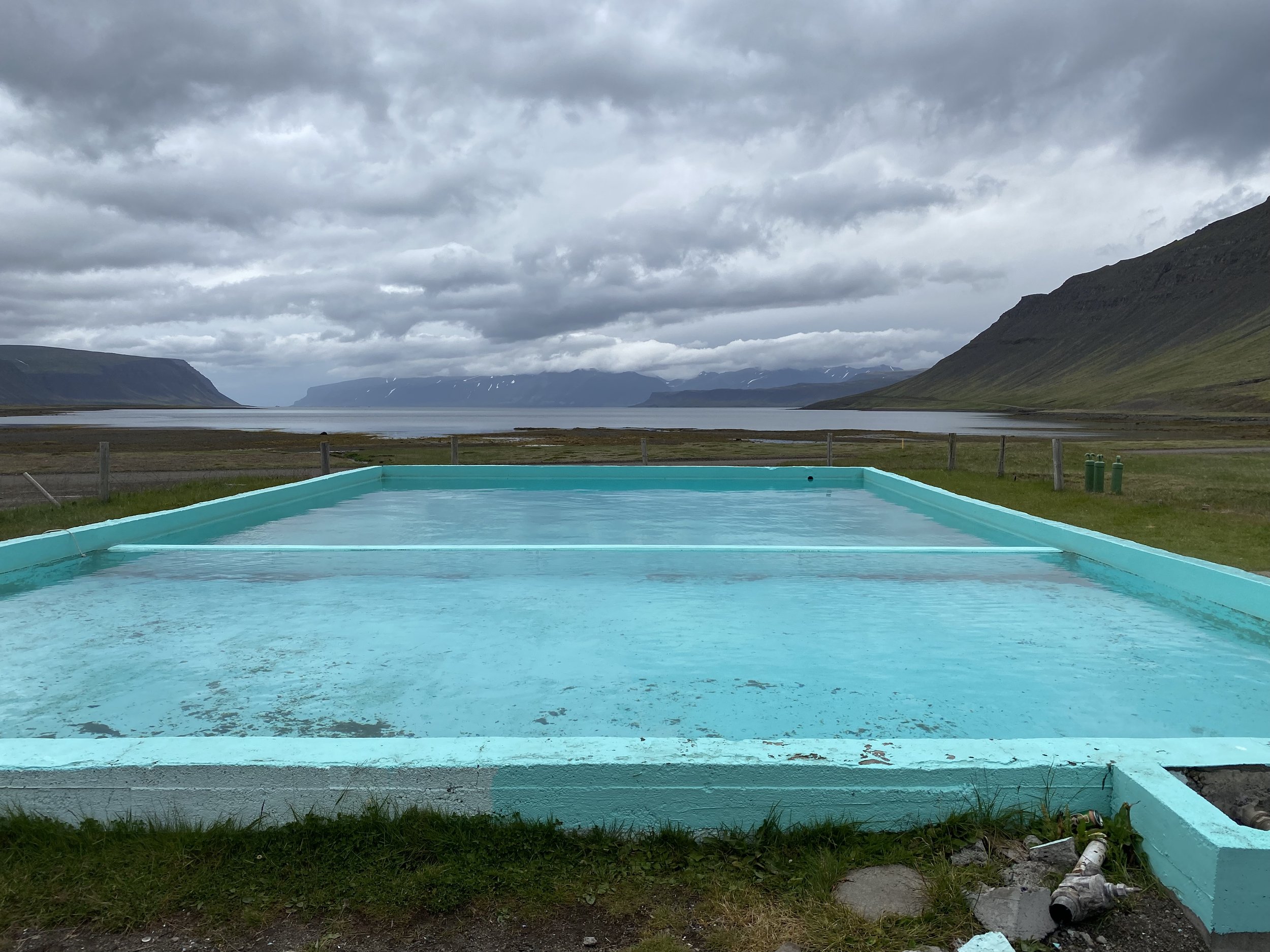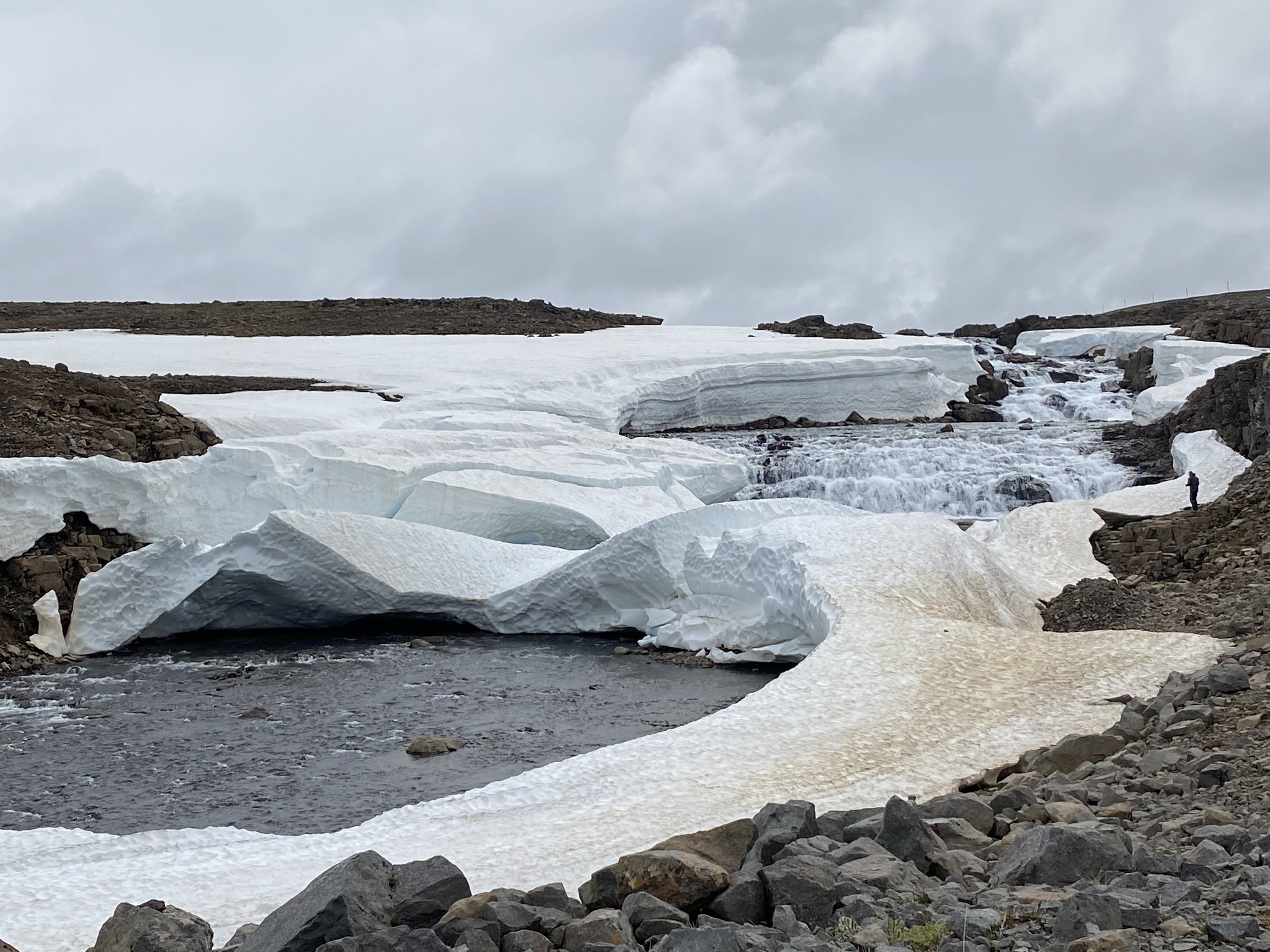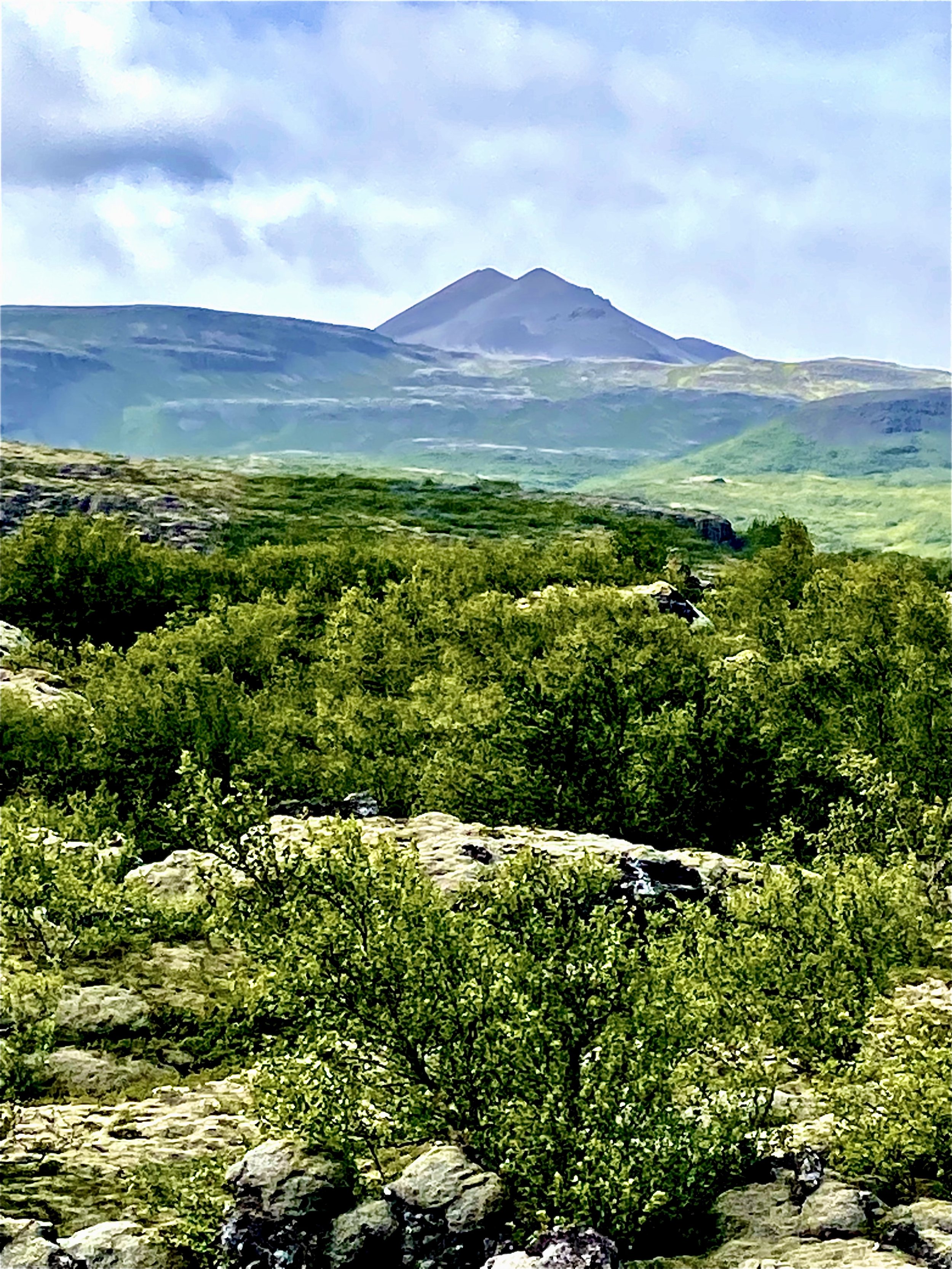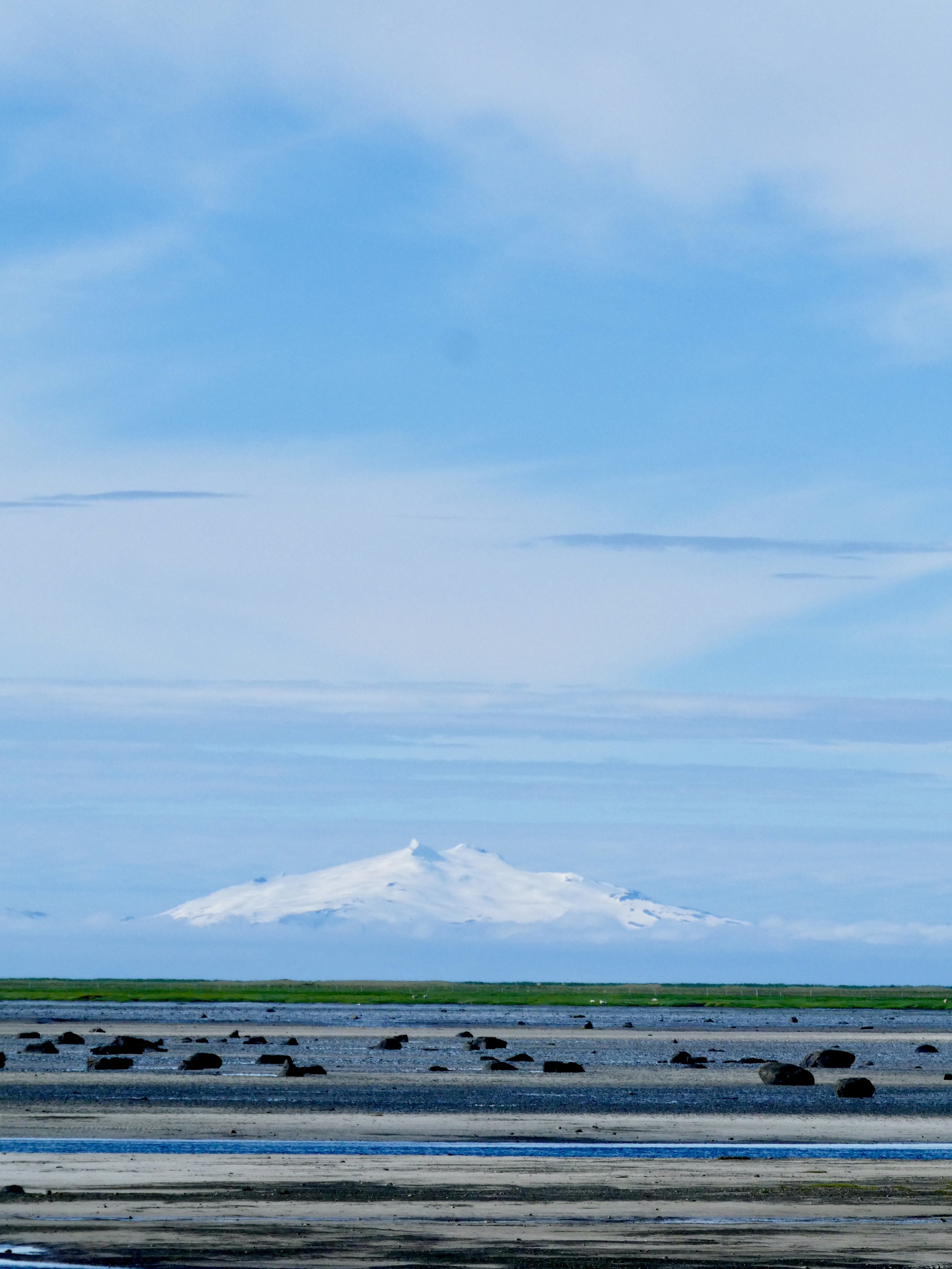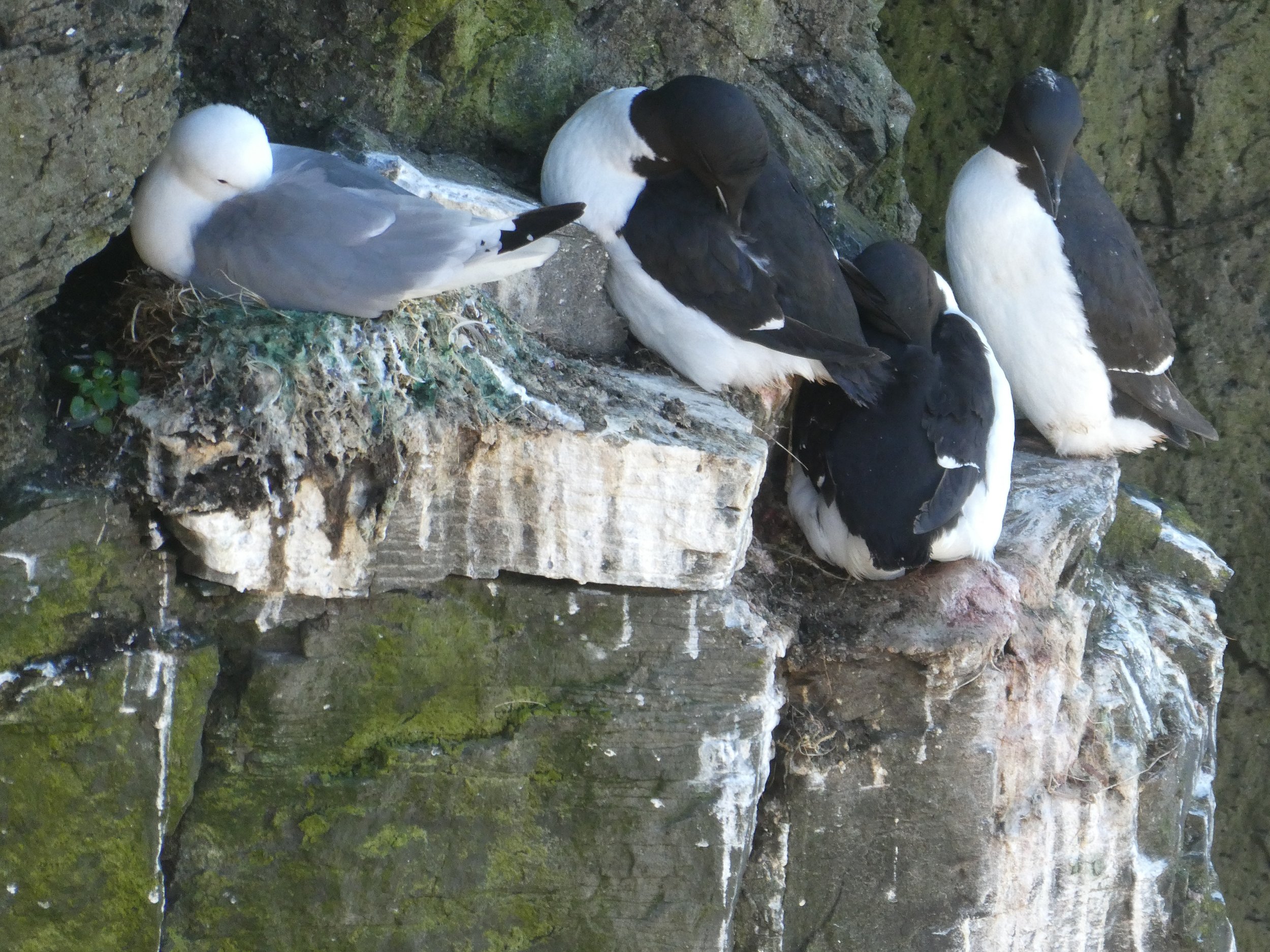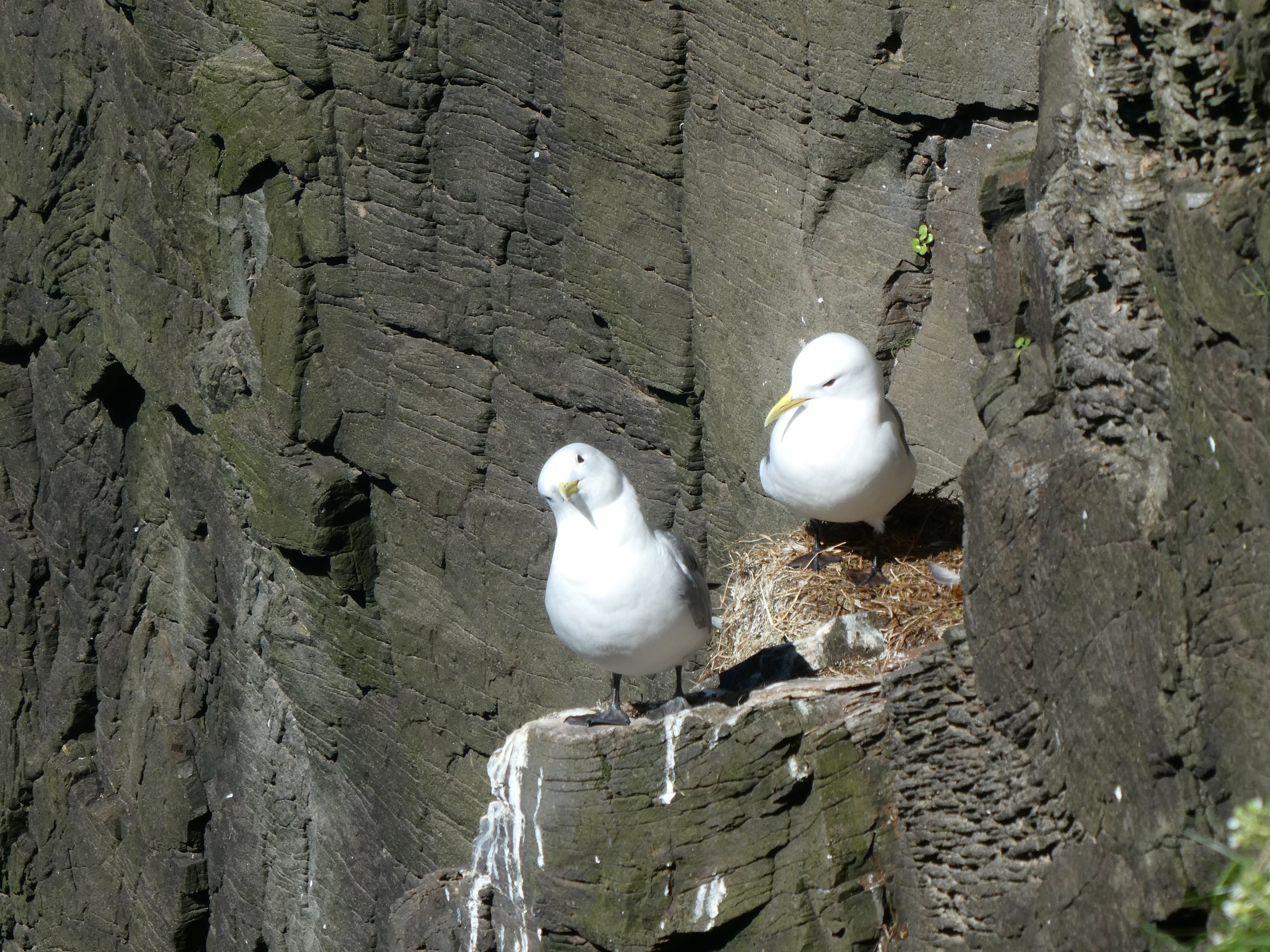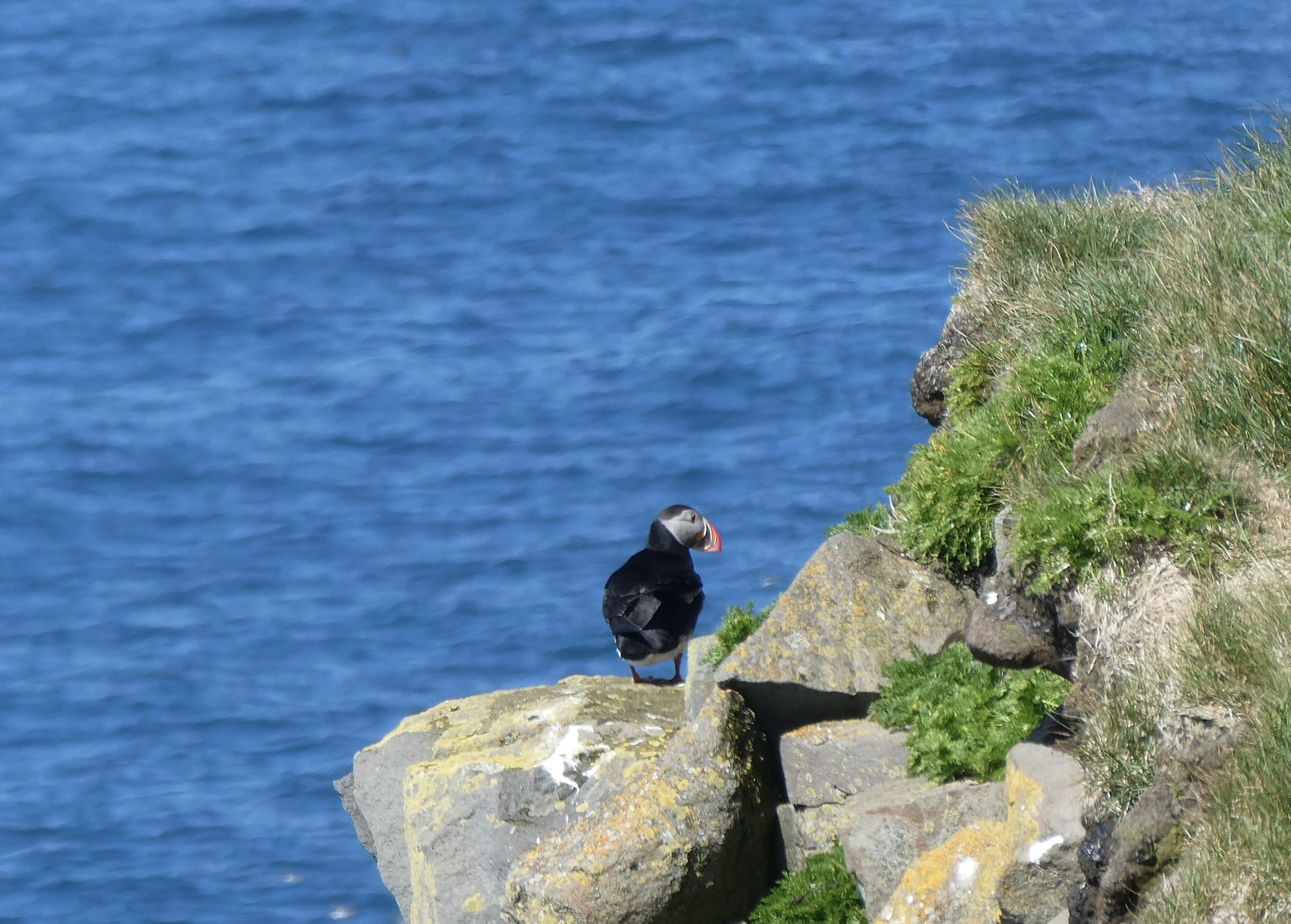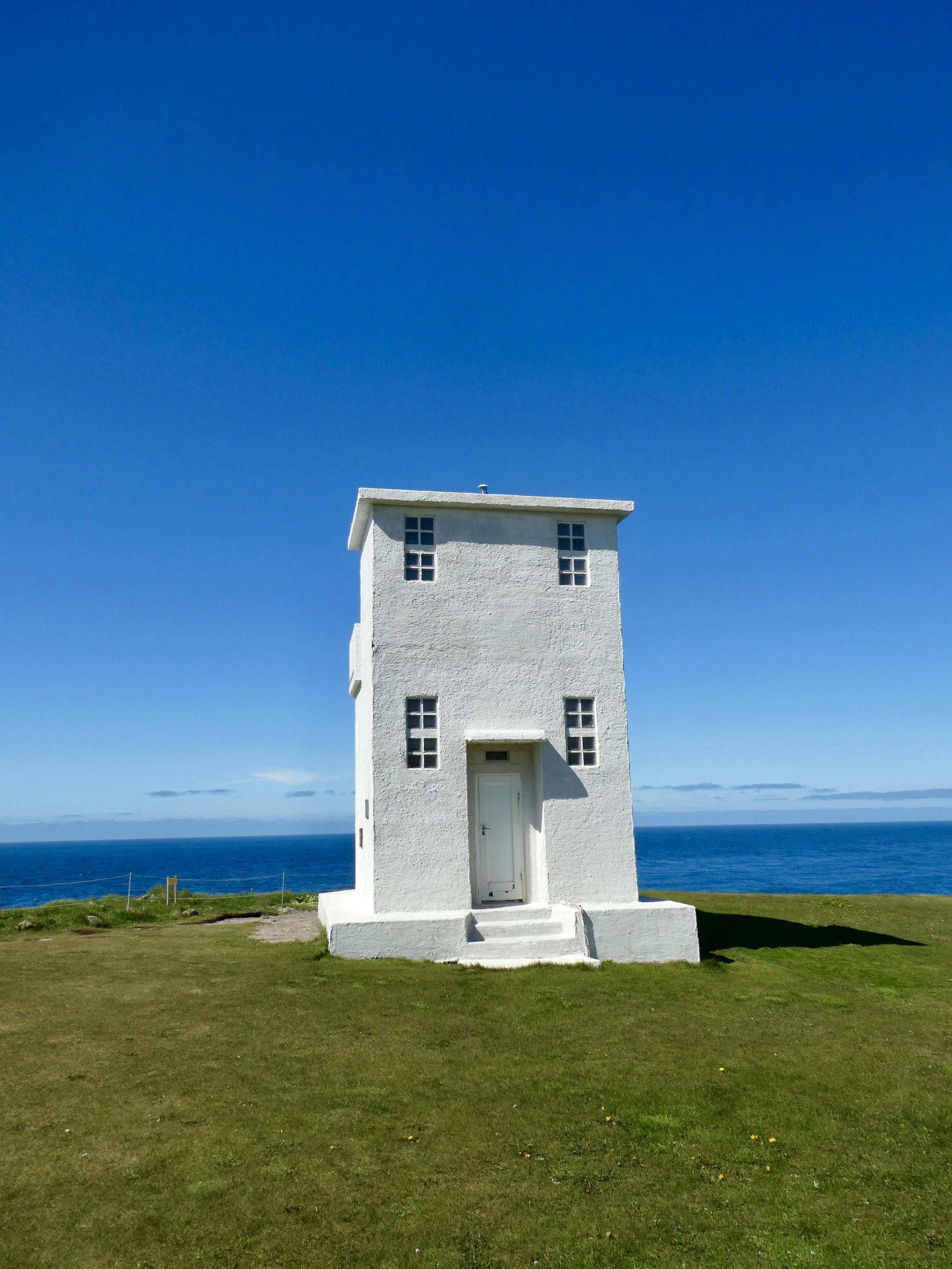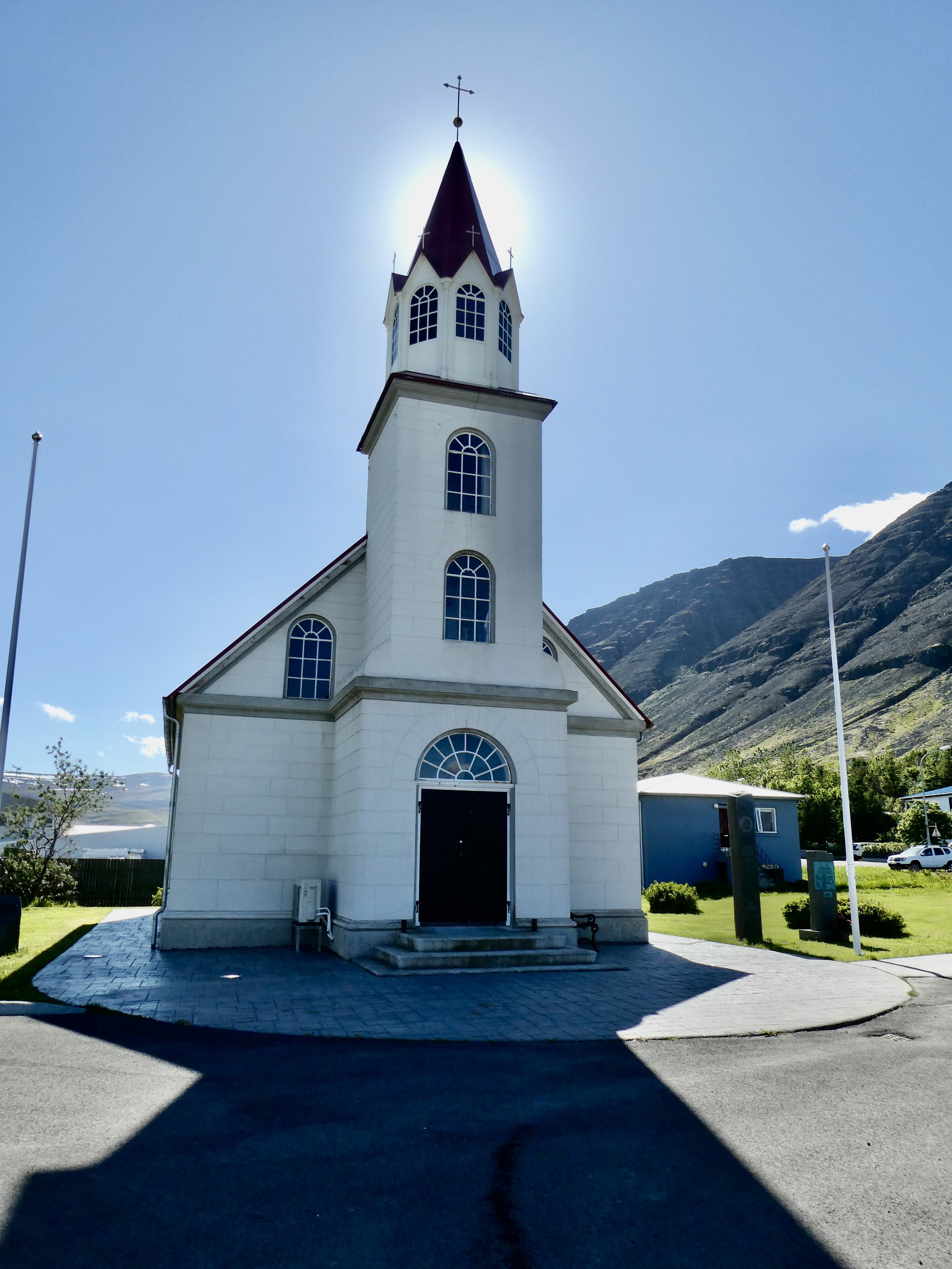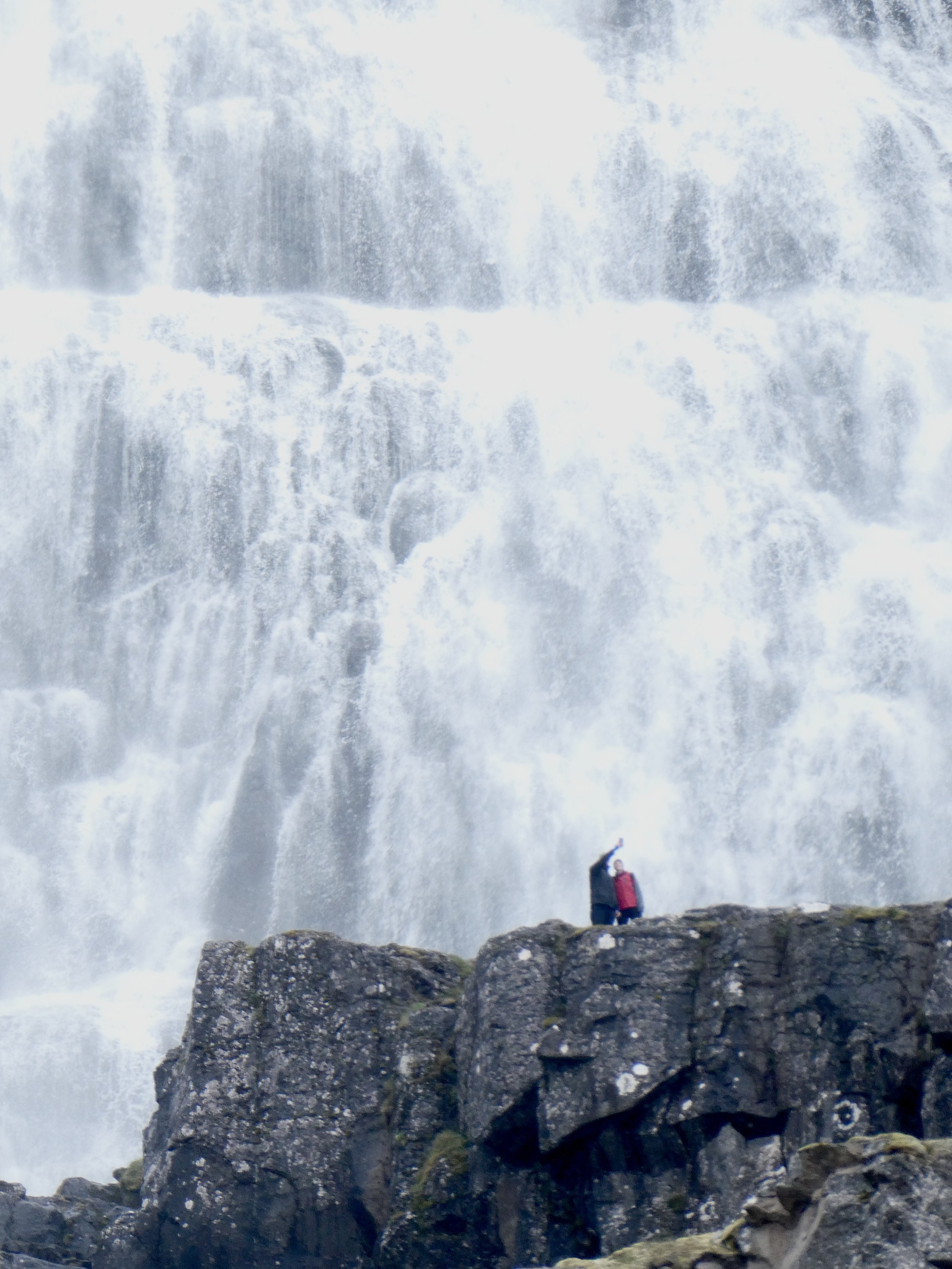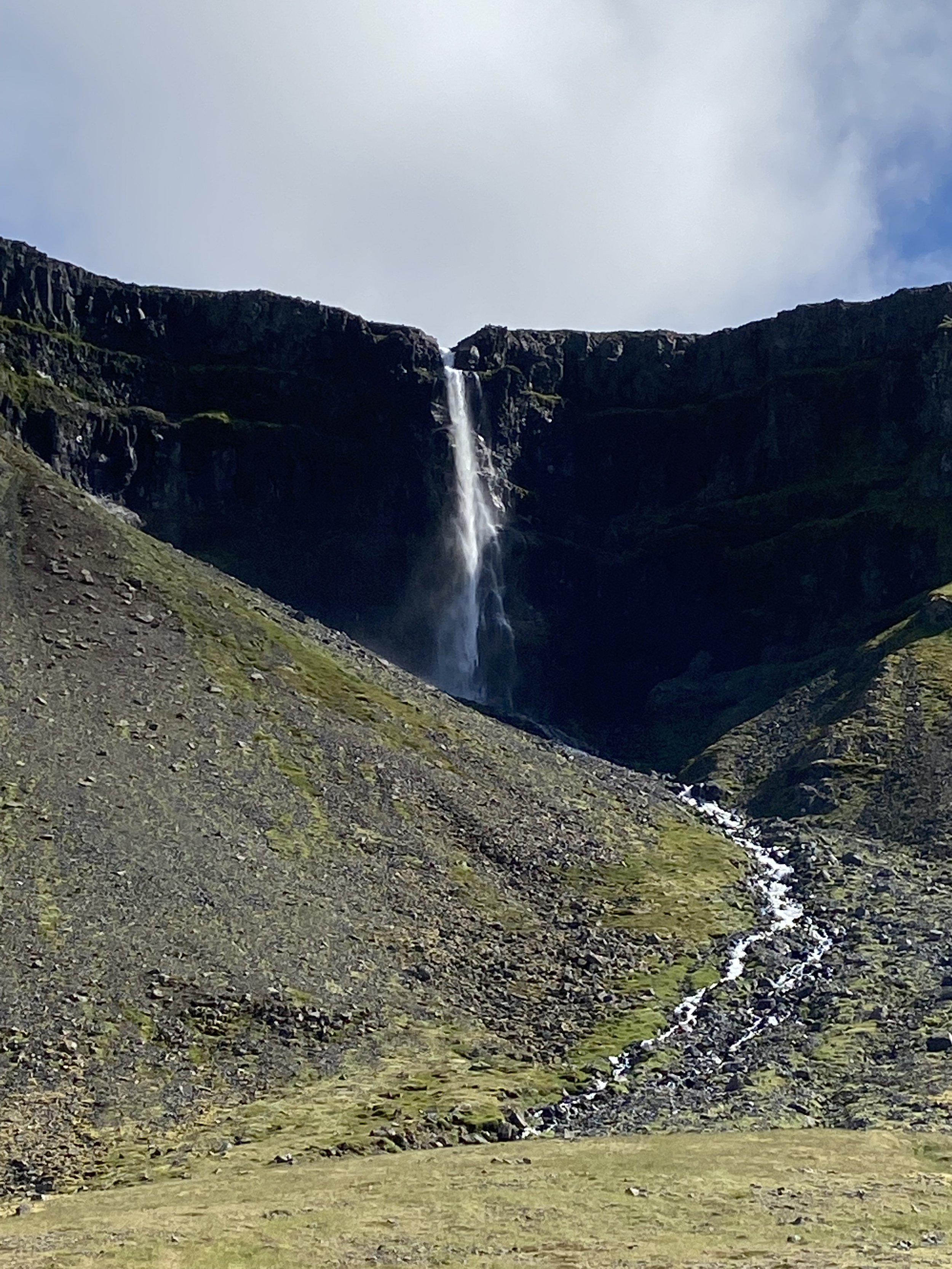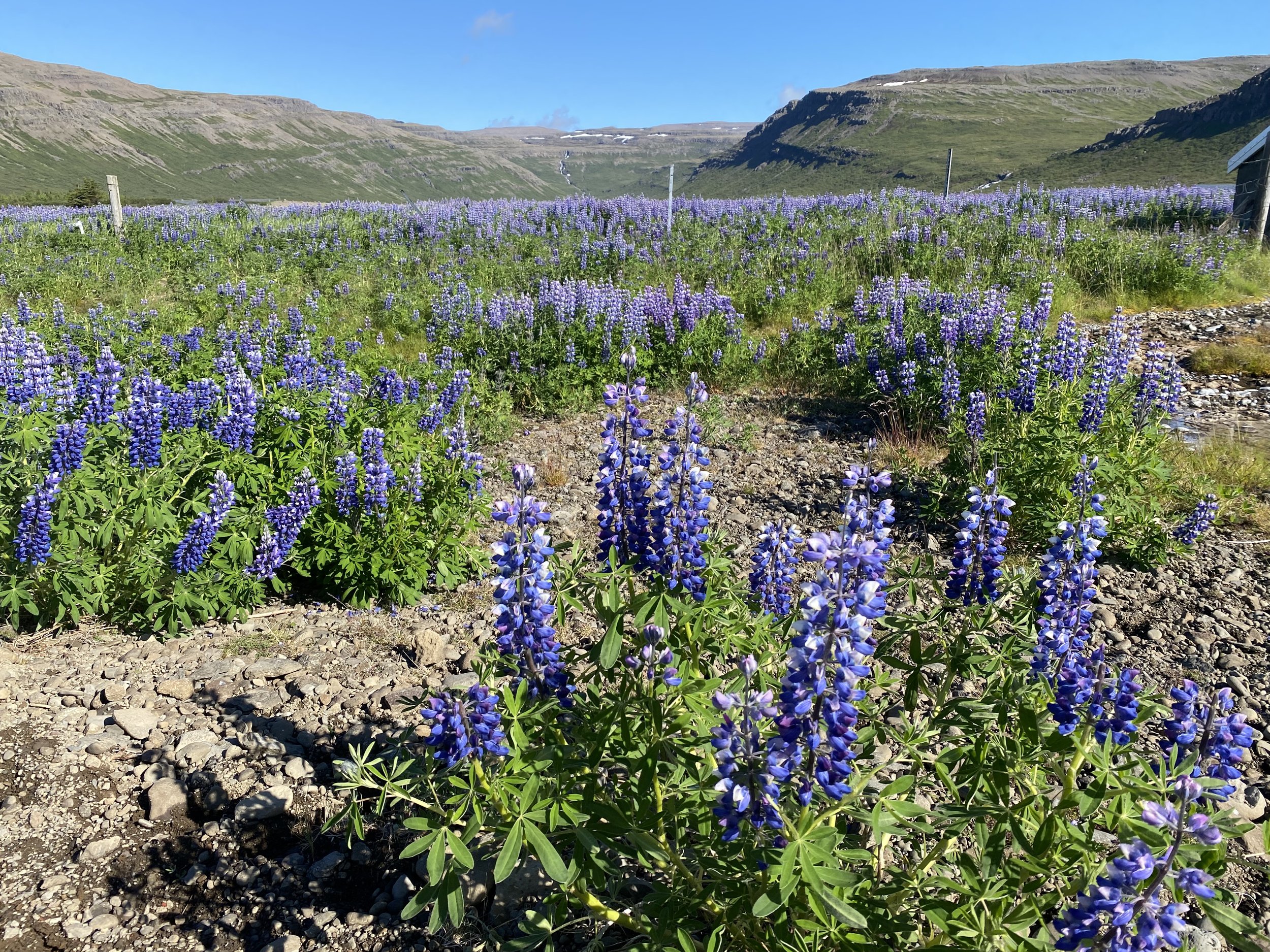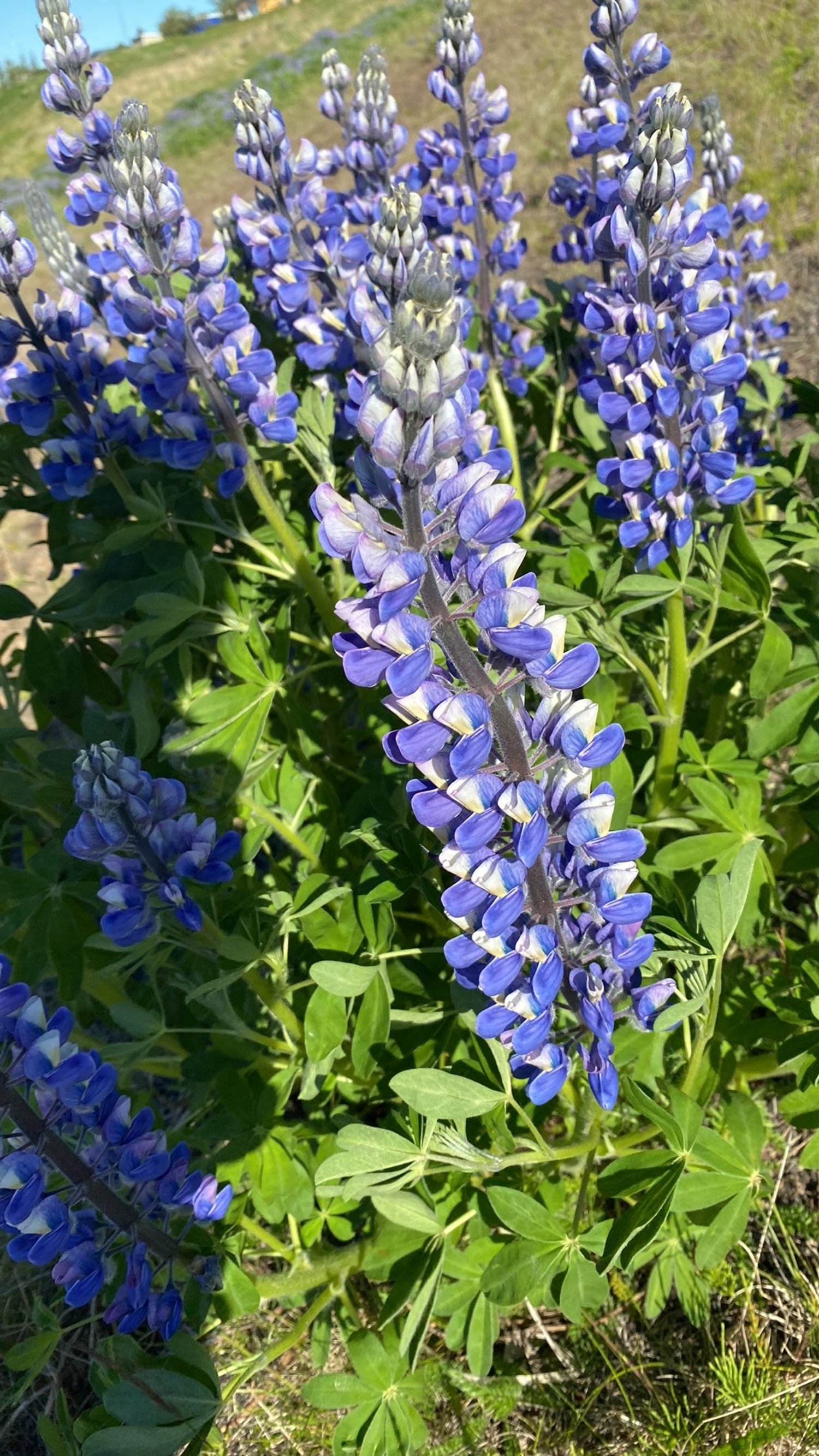THE RAVEN ON the dockside roof cackled into the wind, its range of vocalisations surprisingly broad. There was that familiar low kronking call like a football rattle slowed down, and a series of chattering noises ending in a higher, repetitive sound almost like laughter. There were no other ravens in sight, and as we walked across Ísafjörður high up in Iceland’s Westfjords I played with the idea that it was trying to tell us something. I had no clue what that might be*.
Ravens are mythological creatures, of course. Odin - the Norse God and father of Thor - had two ravens, Huginn and Muninn, which he sent out into Midgard, the realm of man, to collect information. They reported back every evening on what was happening in what was also known as “Middle Earth”.
That Tolkien touch is apt because the Westfjords is a Lord of the Rings sort of landscape. At Rauðasandur (the red beach), we crawled around a tight corner on a gravel road and saw a long-drop waterfall spilling white for hundreds of feet over a black-basalt cliff edge. The sandy bay was edged with towering cliffs and out at sea, across the vast stretch of Breiðafjörður, a snow-capped mountain sparkled in the sunshine. This was Snæfellsjökull, the glacier-topped volcano that inspired Jules Verne’s Journey to the Centre of the Earth. Iceland is an inspirational sort of place.
Ísafjörður - it means ice fjord - is a neat and friendly settlement of just 2,736 inhabitants. It was built on fishing, but these days the catch also includes tourists (some of whom arrive on cruise liners). At sea level, the Westfjords may be literally the coolest place in Iceland, given to grey skies and biting winds even in spring, but more and more tourists are heading there to experience the stark and dramatic landscapes of the 950km Westfjords Way - Lonely Planet’s No 1 Best in Travel destination for 2022.
The most compulsive traveller I know, Max Johnson, once said to me “nowhere is remote once you’re there” and there is truth in that. And so in Húsið, a light-grey, metal-clad restaurant on Ísafjörður’s main street there was a pleasantly normal buzz, a cheerful waitress and pizzas, burgers and a wholly excellent fish soup. We could have been in London’s Chelsea, except that Chelsea is less magical. (And as if to prove the point, as we drove out of Ísafjörður the following day, two ravens flew alongside the car shadowing us for a couple of hundred metres and escorting us out of town.)
The Westfjords Way winds around fjords under steep glacial cliffs, along one side and then the other: you can drive for 30km to make 3km in a straight line. Occasionally the road takes a leap over the high plateaux between them, where windblown snow still glows off-white in the hollows and massive spikes of black rock loom over the traveller. Sometimes, the roads are metalled; often they are not. Once, we drove up into sodden cloud on switchback gravel roads, following a timid Audi driver who was being super careful and snail’s-pace slow. There may have been huge drops on either side of the road, but we couldn’t see them through the mist.
At other times, we were rolling along in full sunshine with glittering blue fjords dotted with rafts of eider ducks stretching out on one side of the road, and hills covered in Nootka lupins on the other. The violet and cream lupins were introduced to add nitrogen to the soil in advance of reforestation projects, but they have escaped and now cover vast areas of the Westfjords in a purple carpet of swaying blooms. When I got out to take a picture of them, a protective arctic tern attacked me, chacking disapproval, dive-bombing my head and getting to within half an inch of my skull - it was nesting nearby and I was on its turf, so it was seeing me off. Occasionally, they draw blood.
The Westfjords in spring is just one, vast nesting site. On the soaring cliffs at Látrabjarg, razorbills, kittiwakes, fulmars and puffins nestle alongside one another. In the valleys and on the marshes, terns, redshanks and godwits raise their chicks. By a river near Drangsnes, redwings sang (something we simply never hear in the UK) and bar-tailed godwits hovered over my head, checking me out and chinking their alarm calls.
The landscape and the wildlife would have been easily enough to satisfy me, but tourists are a demanding bunch and a whole slew of mini-museums has sprung up to entertain them: the Sea Monster Museum in the sheltered village of Bildudalur; the excellent Leif Erickson museum at Búðardalur; and the strange Icelandic Museum of Sorcery and Witchcraft at Hólmavík. At Eiriksstadir Living Museum, you can sit around a fire in a Viking long house chatting about the life and times of Erik the Red with a charming young Icelander whose English is tinged with American. When I asked about his accent, he smiled and said Cartoon Network and then slipped easily from American into that lovely Icelandic English accent full of sh and ch sounds.
There are some practical issues. You need a 4x4. We were hoping for a Suzuki Jimny, which has a good power-to-weight ratio, but were given a Dacia Duster instead - it was heavy, basic and underpowered but it did the job. And whatever car you have, you should fill it up when you can: it’s not a great place to run out of fuel. Credit and debit cards are widely accepted, even in the smallest towns (Drangsnes has a population of just 67 - and a shop), and we usually managed to find a place to eat wherever we were, even if the food was sometimes at Mayfair prices. The priciest supper was £80 a head.
Meals ranged from basic - apparently, international tourists eat mostly pizzas and burgers with fries - to superb. At Akranes, we had a surprise Thai chicken curry in a bar - it was the only dish on the menu; in Flokalundur, we had Icelandic lamb fillet with root vegetables - the best lamb I’ve tasted since a trip to the Faroe Islands a few years back; in the cafe at the Icelandic Museum of Sorcery and Witchcraft, I had a robust and filling fish soup; back in Akranes, I ate beautifully cooked salmon with just a shade too much Béarnaise sauce, which I’m told Icelanders like. It was all pretty good.
Accommodation varied in quality, but not by much. The best was a warm - 23C - two bed chalet with big windows overlooking a river valley, and with its own hot tub heated by a volcanic spring. In Ísafjörður, we had a two bedroom house to ourselves close to the centre of town. In Akranes, we stayed in the home of a Polish classical musician who was kind and welcoming and made us cheesecake. But while some of the guest houses edged towards hostel accommodation, it was all okay, even if an Icelandic couple did tell us they wouldn’t consider a trip to the Westfjords in June without a motorhome.
The people - what we saw of them - were just lovely. Iceland is about half the size of the UK, which has a population of 67 million, but Iceland has a mere 376,000 and 128,793 of those live in the capital Reykjavik. The population of the vast Westfjords region is just 7,000 and whenever we met one of them, they seemed genuinely pleased to see us.
Finally, a word about Reykjavik. Most people fly into Keflavik airport nearby, but if you’re exploring the Westfjords it may be as well to avoid the capital on the way out. It has its moments - Hallgrímskirkja is one of my favourite churches; devoid of ornament and filled with light - but the city is increasingly touristy. Apart from the souvenir shops and the burger joints, there are a few traditional museums and art galleries worth visiting, and for those who are interested there are various ‘experiences’ - including FlyOver Iceland, which is remarkable.
But the best experiences of all are to be found in the wild Westfjords themselves.
It might have been warning us to watch out for Covid 19 at Gatwick Airport. If so, it was too late.
